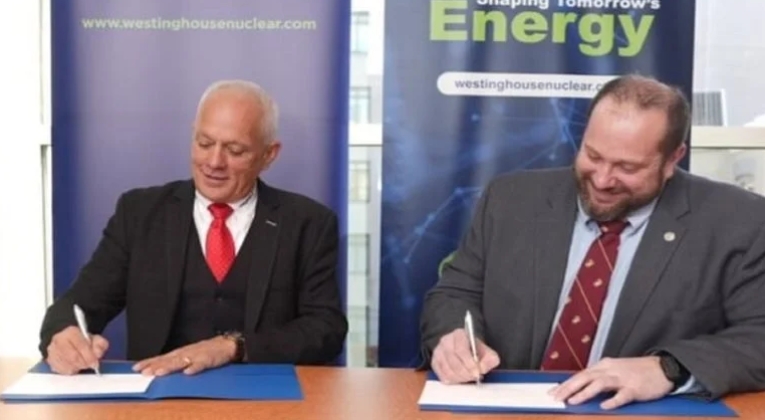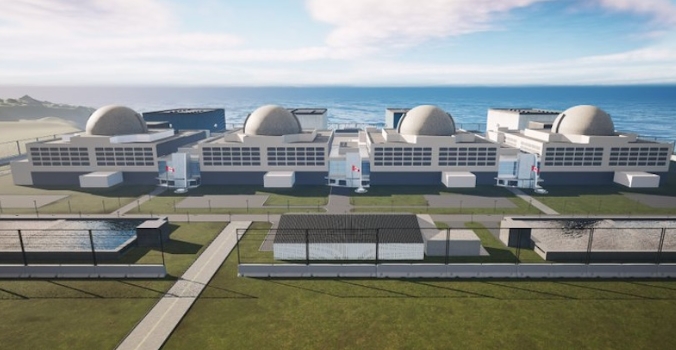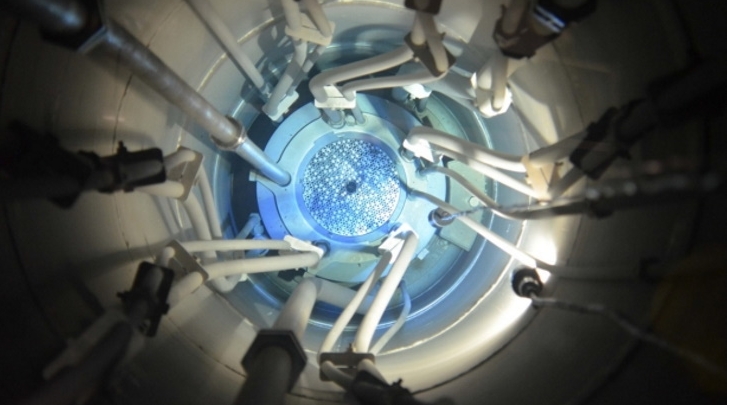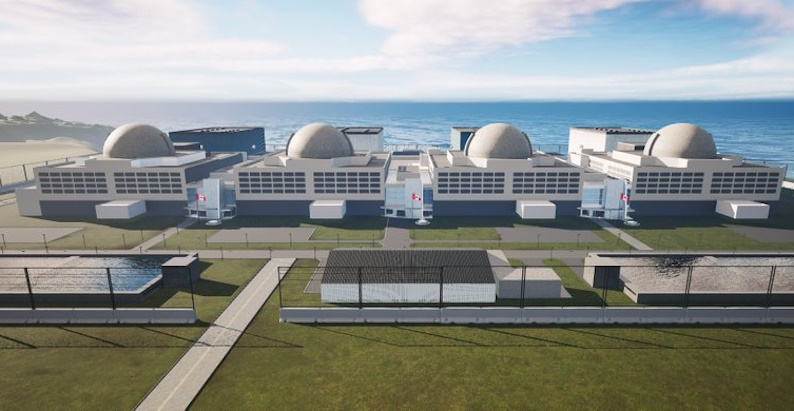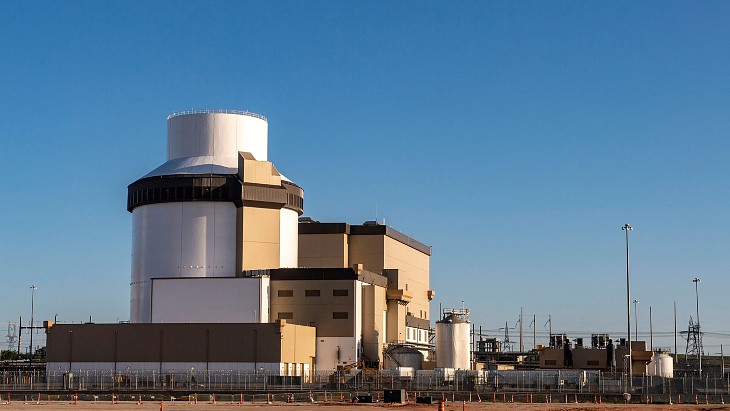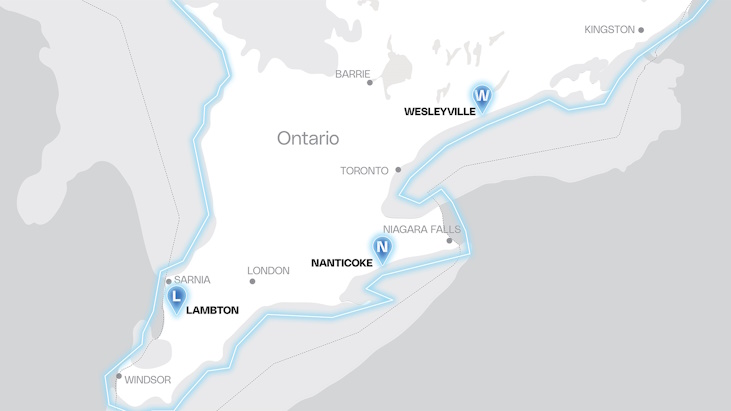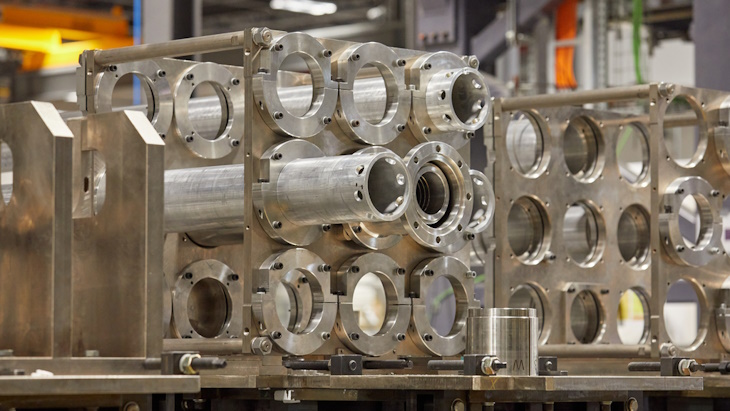The Saudi government is leveraging its Public Investment Fund (PIF), one of the world’s largest sovereign wealth funds, to drive its economic transition. Specific programs to boost mineral production include the provision of $182 million to be used as de-risking money to get mining endeavors off the ground, as well as financing up to 75% of CAPEX with preference to advanced exploration and mining activities.
Saudi Arabia recently increased its estimate of its mineral resources nearly two-fold, from $1.3 trillion to $2.5 trillion. The estimates include deposits of rare earths, phosphate, and copper. To capitalize on this, the Saudi authorities have developed dozens of new mining exploration sites and awarded foreign investors over 30 mining exploration licences for 2024.
Beyond mineral exploration and mining, Saudi Arabia is also involved in developing mid- and downstream capabilities domestically. In 2021, Saudi Arabia became the first Middle Eastern country to establish pipeline capacity in lithium processing by signing an agreement with EV Metals Group to build a battery chemicals complex in Yanbu Industrial City. In 2023, TAQAT Development, a Saudi energy company, began a joint venture with Novonix to build a 30,000-tonne capacity graphite anode materials facility to supply EV and energy storage systems (ESS) to markets in the Middle East and North Africa.
The kingdom’s ambition of producing EVs began to materialize in 2022 when Lucid Motors announced that it would build its first ex-US factory in Saudi Arabia and when the Saudi EV brand Ceer was launched. Both investments are backed by the Saudi PIF. The Saudi government has announced its goal of producing 500,000 EVs by 2030 and making 30% of all vehicles on the road in Riyadh electric.
Besides developing its domestic chemicals-to-EV supply chain, Saudi Arabia invests in key overseas mining assets to secure critical mineral supply. A recent deal involving Manara Minerals (a JV between the PIF and Saudi’s state mining company Ma’aden) along with Brazilian miner Vale gives Saudi Arabia minority control in various critical mineral assets and the opportunity to secure offtake agreements. This strategy closely resembles the kingdom’s previous efforts to develop a domestic aluminum industry.
Saudi Arabia is notably balancing its engagement with the US, Russia and China to position itself in the lithium ion battery supply chain. At a recent Future Minerals Forum in Riyad, Saudi officials signed several MoUs with, among others, Russia and the US Export-Import Bank to cooperate in critical mineral projects.
Chief among the regions that may benefit from Saudi Arabia’s wealth and zest for battery minerals is Africa, endowed with battery mineral deposits such as cobalt, copper, lithium, manganese, and natural graphite.
For example, according to Benchmark’s natural graphite forecast, Africa has emerged as a low-cost hub for natural flake graphite production in countries such as Madagascar, Mozambique and Tanzania. The region is forecasted to mine 41% of natural flake graphite by 2030. As for lithium, Africa is set to produce 15% of global lithium production in 2030.
On the western flank of the MENA region, Morocco is looking to establish itself as an EV battery-making hub serving Western markets. In part due to its privileged status as an EU and US free trade agreement (FTA) partner, the latter partnership allowing materials produced there to be eligible for IRA EV tax credits, Morocco has attracted mid and downstream investments, Benchmark notes.
However, the growing Chinese involvement in Morocco’s critical minerals sector could create barriers to selling into the US market based on the latest proposed FEOC guidelines from the Biden Administration, Benchmark adds. So far, Morocco has seen commitments from Chinese firms BTR, CNGR, Huayou Cobalt, Gotion and Guangzhou Tinci. Gotion’s lithium ion investment into the kingdom would become Africa’s first battery cell project. Morocco has deepened its diplomatic ties with China and was the first North African country to sign an agreement to implement China’s Belt and Road Initiative.
More than $700 million has been pledged in battery materials plants, which could take Morocco’s cathode production capacity to around 150,000 tonnes a year—around a quarter of Europe’s planned cathode production capacity by 2030, according to Benchmark’s Cathode Forecast.
Morocco is also home to around 70% of the known global reserves of phosphate, which is used to make phosphoric acid for lithium iron phosphate (LFP) cathodes. As demand for next-generation LFP and lithium manganese iron phosphate (LFMP) cathode chemistries increases, more phosphoric acid will be needed.
Chinese firms may also have an incentive to set up shop in Morocco to bypass potential export restrictions on phosphates, which are also used for fertilizer. Currently, the automotive sector represents about 5% of purified phosphoric acid (PPA) demand, but that number is expected to jump to 24% by 2030, according to Benchmark’s recently released phosphoric acid market outlook.
Morocco has set a goal to produce 100,000 electric vehicles per year by 2025 and has been leveraging its existing automotive capabilities to attract more foreign investments to reach this target. Renault-Nissan and Stellantis, Morocco’s major automakers, have announced plans to expand EV production in the country. The country is also geographically well situated, tying Europe to Africa and its state-owned phosphate giant, OPC, has a presence in 16 African countries through subsidiaries.
